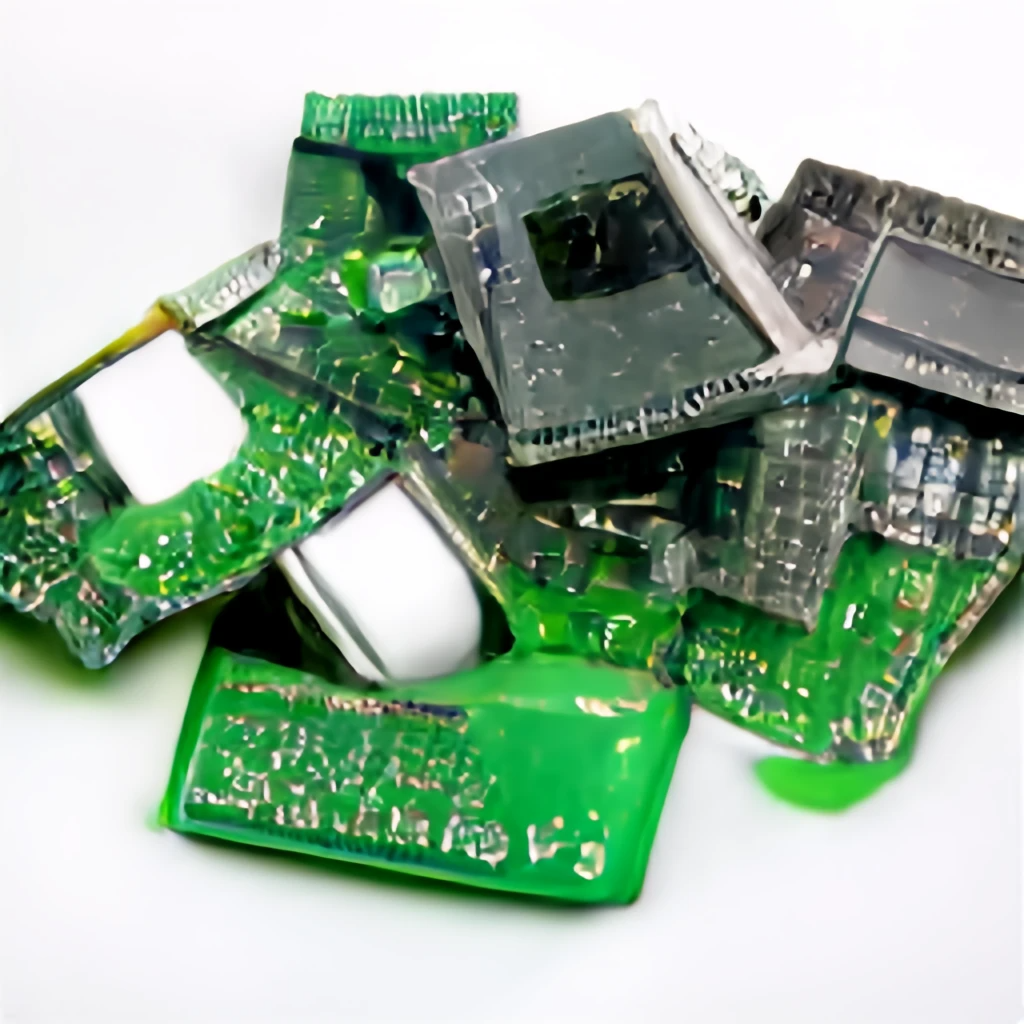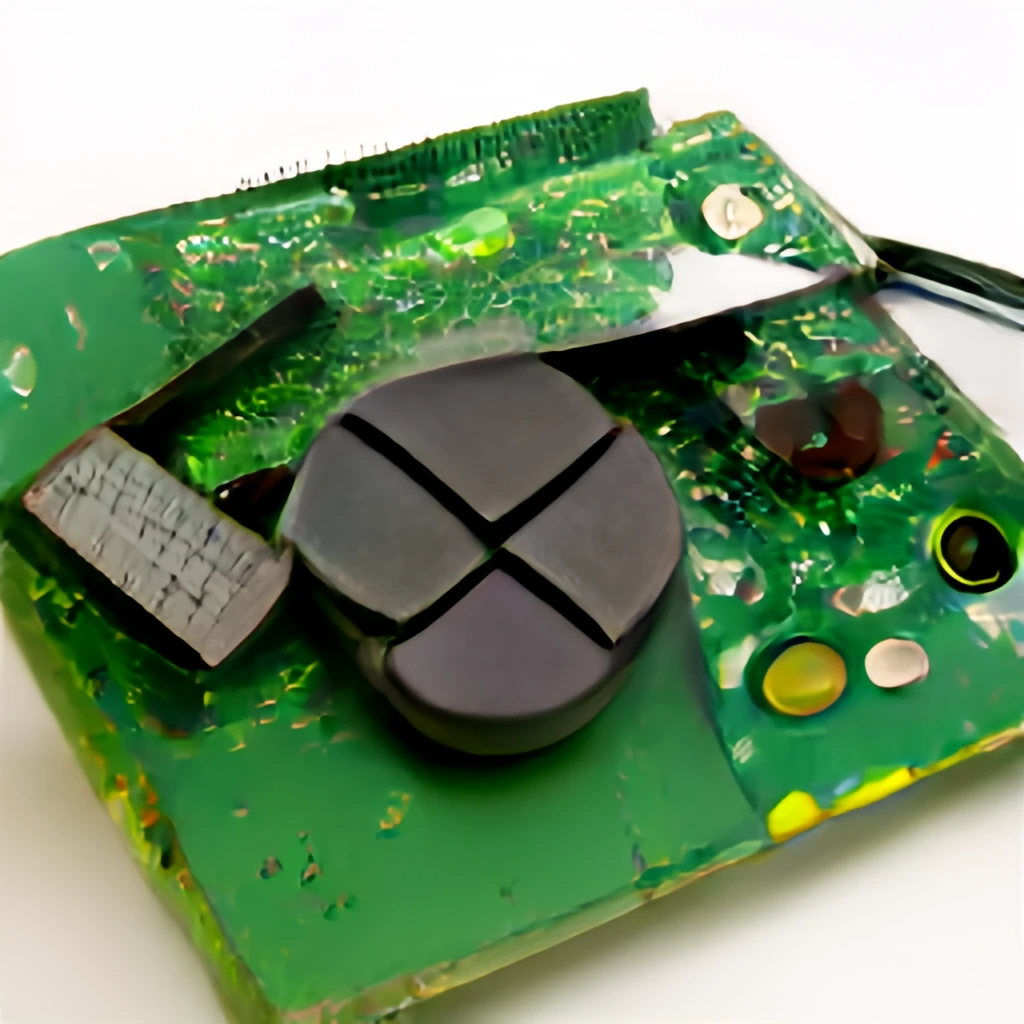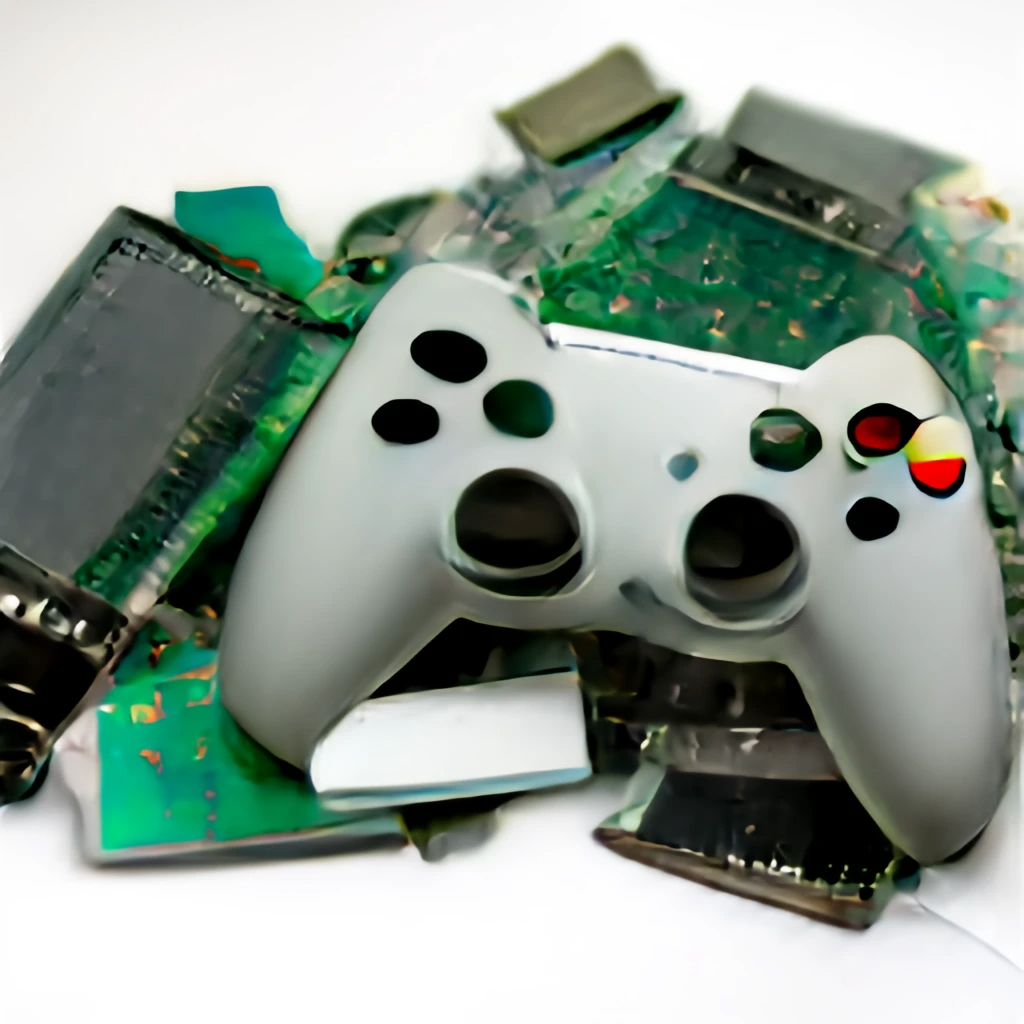In the last ten years, humans have almost doubled, and with that, the effect we have had on this dirt ball has grown. Consumers areas encouraged us to make use of and throw out more electronics than ever. Despite one of the biggest contributors to toxic waste being electronic waste (E-waste) which makes up seventy percent of toxic waste and two percent of totally waste. That number is likely to grow as the years go on and business make more things that gamers want to buy.
When it comes to power consumption, video game consoles, and especially gaming PCs, take up a lot of energy. This is due to the high graphical quality and amount of content that demands so much. Looking at PCs, the central processing unit and the graphics card alone consume 80 to500 watts, with components like the motherboard and the power supply unit both consuming 155 to 700 watts total. Video game consoles don’t use as much, but still use a considerable amount of energy. For example, the PS5 and Xbox Series X use between 45 to 220 watts.
Retro video game consoles consume very little energy, probably because the games demand so little. the Sega Genesis uses 15W, The SNES uses 5W, when gaming it uses 30W. It uses 80W if a game uses enhancement chips like the DSP-I Chip, and with games featuring major enhancement chips like the Super FX Chip, it uses 390 to 520W due to how technically advanced the chip is. The N64 consumes the least energy, with 0.5W.
Consoles, computer setups, and other ways to play all use different amounts of energy at varying levels of efficiency. An example is a PS4, which, on average, uses 120 watts. A study conducted by Sony energy policy analyst Joshua Aslan estimated that assuming a usage time of 4.4 hours daily, all PS4 units in Europe combined consume 2.7 Terawatt-hours in their lifetime. Desktop computers can have highly variable energy consumption rates, but the average is between 60 and 300 watts. This depends on a range of factors, like hardware configuration, or what video card it’s using. Efficiency is another factor, which is how that energy is used. For example, say I have a light bulb, which uses electricity, where 98% of it is converted to heat, and 2% to light. That light bulb would be 2% efficient. The same can be true for gaming setups, where you want the energy to be spent on running the game, rather than heating up the device. Generally, devices with more powerful central processing units (CPUs) will be more favourable. You can find out the power consumption of your device here or here. A way you can reduce emissions and potentially save money is by using a renewable electricity provider.

The production of various games emits CO₂ (AKA Carbon Dioxide), whether it be by extracting materials or using electricity for computers. Polygon reported that the emissions of companies producing video games was approximately (1-5 tons CO₂/employee)/year. This, however, does not cover the emissions from obtaining materials. For example, PS4 CPUs contain titanium, which must be extracted from the ground, processed, and shipped. This process, as you may expect, releases a large amount of CO₂. Overall, according to the aforementioned article, the gaming industry as a whole releases three to 15 Megatons of CO₂ per year. Emissions can be reduced, though, by doing things such as buying electricity from a 100% renewable source.
Electronic Waste (E-Waste for short) in the gaming industry is a huge worldwide problem, 50 million metric tons of E-waste are produced per year and expectations indicate that it is likely to become increasingly worse. Only 25% of E-waste is recycled, the other 75% is not, which produces a lot of E-waste. These days you can send your older consoles in to be recycled and trade in physical games if you don’t really have a use for them anymore. If you’re replacing older components that don’t work like save batteries in older video game cartridges for example, then it’s good to properly dispose of them by finding a program that recycles components and send it off or keep them stored instead of just throwing them in the rubbish bin. It is important to recycle these materials because not only is it more efficient, but it saves extreme environmental damage caused by mining as not only does it cause damage to terrain, but it pollutes the air with CO2. So it’s best to either store older technology that you have, or properly dispose of them, either by selling it or sending off to a recycling program, as throwing it in the rubbish bin will not only add to the overflow of landfill, but cause substances like mercury to seep into the soil and groundwater.
Games, even indirectly, actually can cause a very large carbon footprint. From the way they’re made, transported, and sold, physical games can contribute a large carbon footprint. Digital games, though better, do slightly contribute. However, the main problem related to gaming, is mining.

All the precious metals to make you game consoles and games don’t come from nowhere. From extraction to refining, they generate a lot of CO2. for example The manufacturing of the Sony Playstation 4, for example, has produced over 8.9 megatons of CO2 since its release in 2015. and that’s just one console. Fortunately, gaming manufacturers have seen this issue and are making changes. From making consoles easier to recycle, to making them more energy efficient. It could be better, but it is certainly a good start.
As bad as the impact we all give may be, we can all do subtle things to help the problem. A simple solution is to play games less, but let’s all be brutally honest: we don’t want to do this. But don’t worry! There are other things that, while not effective, are sure to help. And any little thing helps. By just doing things like turning off consoles and devices when not using them, buying games digitally instead of physically to reduce E-waste, and avoiding unnecessary accessories and extras (This also may save you a little money, on top). But, why stop there? If you truly wanted to be more eco-friendly, you could do some more significant changes. For example, you can switch browsers to Ecosia, a browser that uses all the money they collect from ads to plant trees, the browser even tracks how many trees your searches helped plant. You can switch energy providers to ones that offset their carbon admission or are entirely renewable. And it’s not just gamers that can help; gaming companies can too. From offering to pay for public transport for its employees to switching to power efficient lightbulbs, everyone in the industry can do their part. If there is one thing you can take away from this article, is that, as a gamer you can do a lot of small thing to help, no matter how little.

As gamers, we probably don’t know (or care) about the effect gaming has on the environment, but the truth is: our hobby does hurt the environment. A lot. And we as gamers should do stuff to help, no matter how little it is.
